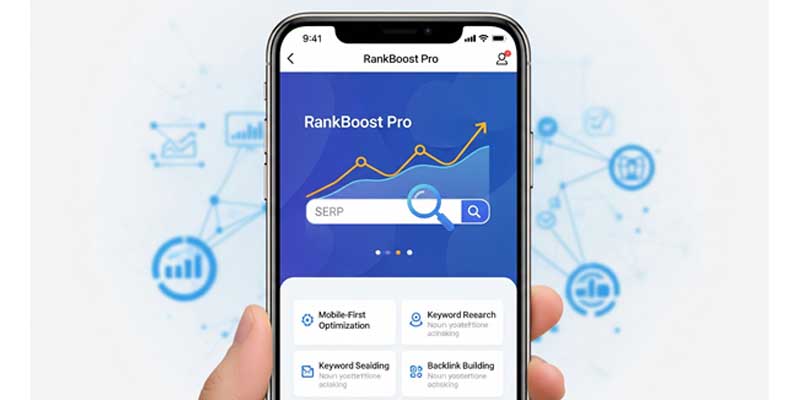

In the competitive world of digital marketing, ranking high on Google search results is no longer just about using the right keywords or building backlinks. Today, Google’s algorithms go much deeper, rewarding websites that deliver an outstanding user experience (UX).
A fast-loading, easy-to-navigate, mobile-friendly, and accessible website not only keeps visitors engaged but also signals to search engines that your site is valuable and trustworthy.
This shift makes UX a critical factor in your SEO strategy. In this guide, we’ll break down the most effective UX strategies you can implement to improve your Google ranking, drive more organic traffic, and provide a seamless experience that keeps your users coming back.
Mobile-first indexing is a technique that search engines, including Google, have adopted for the indexing and ranking of a website, favoring the mobile version. Here’s how it works and why it matters:
Search algorithms are complex ranking systems that retrieve relevant web pages responding to user queries. Here is a simplified explanation of their functionality:
The crawling step is when search engine bots discover new pages by following links across the web.
Once a page is crawled, it is analyzed and stored in the search engine’s database. Key elements evaluated include:
Indexed pages become eligible to appear in search results.
When a user submits a query, the search engine ranks retrieved pages based on multiple factors:
The engine assesses how well page content matches the query, considering keyword usage, topic depth, and context.
Best Practice: Align content to common queries and user intent.

Measured by the quality and number of backlinks. High-authority backlinks signal credibility.
Best Practice: Build quality backlinks through partnerships and valuable content.
Best Practice: Optimize technical performance and regularly test user experience.
Complex, regularly updated formulas process ranking signals to combat spam and improve accuracy.
Best Practice: Keep content quality high and avoid manipulative tactics.
Search results vary per user, based on location, search history, and device type, among others.
Algorithms improve based on user behavior like click-through and bounce rates, striving to maximize user satisfaction.
Google prioritizes the mobile version for indexing, reflecting the dominance of mobile traffic.
Responsive pages that adapt to devices provide consistent user experience and rank better.
Key ranking factors that influence Google results include:
Content must meet user intent and contain relevant keywords and semantic context.
Best Practice: Perform keyword research and provide comprehensive, user-centered content.
Original, well-structured, and readable content outranks thin or duplicated pages.
Pro Tip: Use long-form content, multimedia, and split information into sections.
Quality backlinks from related and authoritative sources support rankings.
Strategy: Focus on guest posts, references, and creating shareable content.
Best Practice: Regularly audit UX and improve usability.

Best Practice: Use tools like Screaming Frog and SEMrush for audits.
User experience influences if visitors complete desired actions. Important elements include:
Simple navigation reduces friction and improves conversions.
Faster load times reduce bounce rates and improve conversions.
Mobile-friendly sites cater to the majority of users today.
Professional design enhances trust and engagement.
Clear, concise messaging improves user comprehension and action.
Elements like SSL, privacy policies, and verified reviews increase confidence.
Prominent CTAs guide user behavior towards conversion.
Accessible customer support further reassures visitors.
Continuous testing optimizes UX and conversion effectiveness.
UX and SEO are critical to ranking success. Working with specialized agencies can improve website design, usability, and search performance. Continuous improvement and monitoring are essential in today’s digital landscape.
As a UI/UX design company in Bangalore, Bud helps create visually appealing, mobile-friendly websites. As a top SEO company in Bangalore, Bud also optimizes UX alongside SEO strategies to bring more visitors and better engagement.